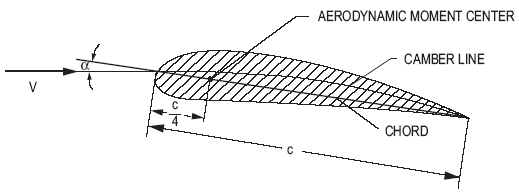


Elevators on planes are actually quite interesting, as they are technically reversed, which is something you don’t usually want. I won’t talk about rudders because I don’t know much about them, and don’t want to get it wrong. Ok, now I’ll do an even quicker overview on elevators and ailerons: two of the most important parts of those planes you have sitting in your shed (other than the rotating wings we call propellers). I REALLY recommend watching Flite Test’s Flite Tip on airfoils, and I also strongly recommend having a look at this site: Īnother cool fact is the propellers you use on your planes are ultimately just rotating wings. I hope you now understand a little bit about how lift works. Ok, there’s a basic overview on airfoils. Here’s some high drag, low lift airfoils compared to some high lift, low drag airfoils: Here’s a great, but simple, picture showing how lift works. The high pressure air on the bottom of the airfoil pushes the wing upwards. This means there is a decrease in the pressure of the air flowing over the top of the airfoil. Bernoulli’s principle says that the camber of an airfoil increases the velocity of the air passing over the airfoil. The rest of the pictures are just off Google Images.įirst, I’ll talk about airfoils and Bernoulli’s principle. Thanks so much to Colorex for making me the diagram of the elevator. By the way, I will probably make a few mistakes, so please don’t get angry at me if I say something wrong. give you the ability to control the plane. We recently learnt about aerodynamics and airfoils in school, and I thought it would be cool to give beginners a rough idea on how aerodynamics work, and how elevators etc.


 0 kommentar(er)
0 kommentar(er)
